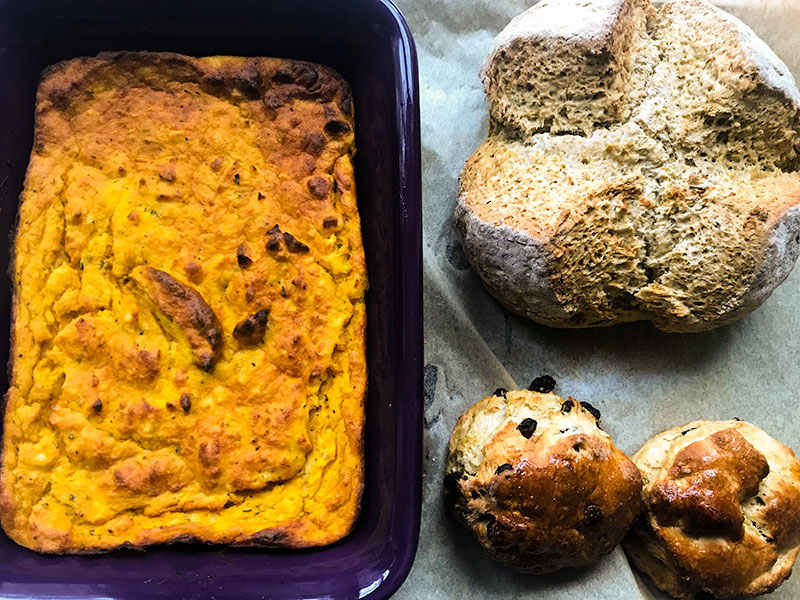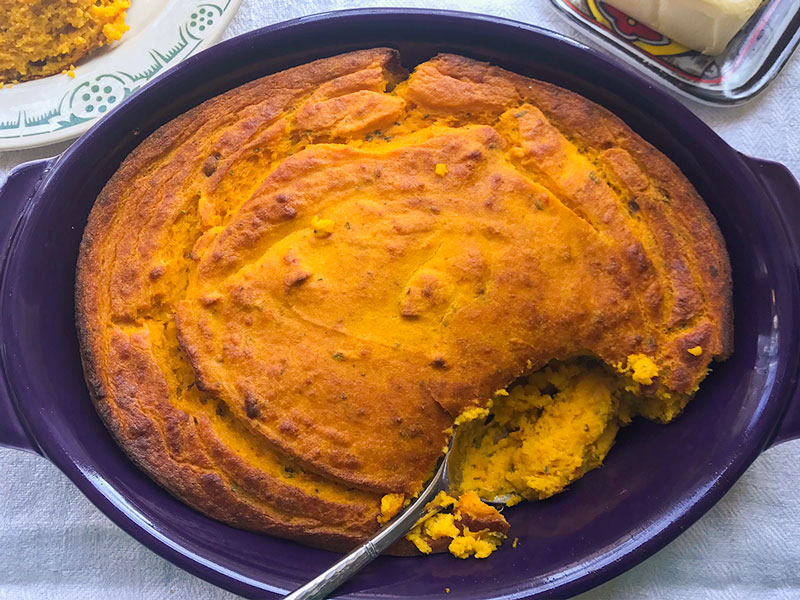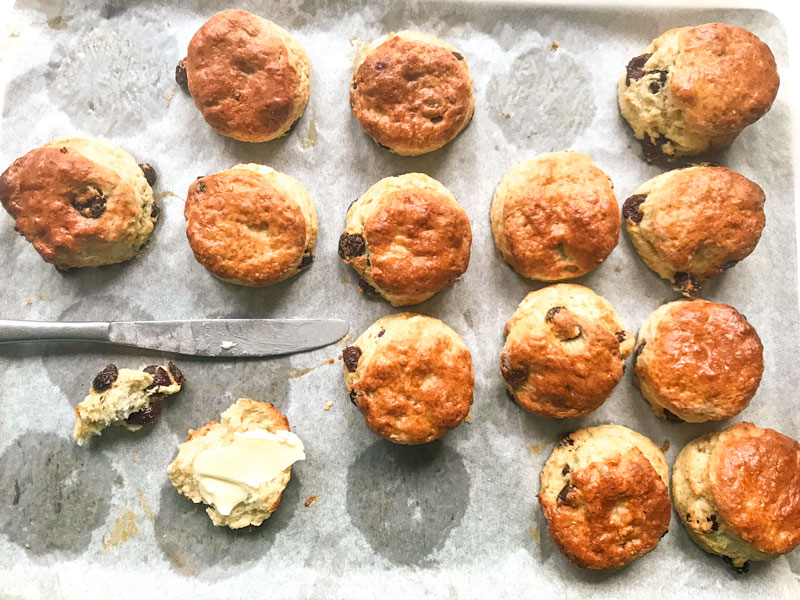I have been dallying with the concept of cooking with sour milk since reading this line from food writer Laurie Colwin’s essay ‘About Biscuits’ many years ago:
‘I have made [biscuits] with sweet milk, half and half, and buttermilk, but the best I ever made were with milk that had gone naturally sour. Instead of throwing it out, I used it to make the biscuit dough for a tomato pie, and it was celestial.’
(That’s right…she says CELESTIAL.)
Long ago, before refrigeration, pasteurization and that crime-against-all-dairy, ultra-pasteurization, cooks had to make do with sour milk. (Many of the old cookbooks in my collection specify ‘sweet’ milk or ‘sour’ milk.) Back then, you weren’t going to pour out a food stuff just because you couldn’t drink it. Sour milk is not dangerous, though mold or a truly foul smell should be an indication to throw it out. (Common sense, people!) Otherwise….and this is where I decided to put the ‘otherwise’ to the test.
When two full liters of farm-fresh milk went south on me, I was heartbroken (I cherish good local milk!) and then I saw my chance. I decided to test the stuff out on a variety of baked recipes that otherwise call for a sour milk product like yogurt or buttermilk. These included butternut squash spoonbread, Irish soda bread, a dozen blueberry muffins, some small chocolate cakes, and a batch of scones. I mention the scones last because, while all the recipes worked beautifully with sour milk, the scones, like Laurie Colwin’s biscuit dough, were…celestial.
Should you still have any qualms about baking with milk that has soured in your fridge, let me just say: my milk had soured at least 10 days before I got around to using it. That may be pushing it, but I’m still here to tell the tale, and I’m telling the tale to anyone and everyone who will listen.




I read your articles on sour milk but can’t seem to find any recipes to click on. So I have to look elsewhere. :(
Thanks for letting me know! The updated website didn’t include the links in the previous version – I’m working on it! MM
[…] What to Do with Sour Milk – My Cancale Kitchen […]
I am interested in your blueberry muffin recipe. Is there any way to get it?! (I live in a place where the milk goes bad quickly… And a gallon of normal not fancy milk costs $6.50/ gal.) Thanks!!
Yes! This is the recipe I use: https://mycancalekitchen.com/only-muffin-recipe-youll-ever-need/
Help with sour milk blueberry teacake please !!!
So sorry for the late reply – my Dad passed away Aug. 18 so I was caught up in that. Let me know if I can help.
Would love your blueberry muffin recipe with sour milk please.
I simply use the muffin recipe on the site – as the title says, it’s the only muffin recipe you ever need!
Thanks for inspiring creative ways to use sour milk! I can’t wait to try the scones, I always like to bake some after watching the delightful Christmas movie, Little Lord Fauntleroy!
Oh, I’d forgotten about Little Lord Fauntleroy! Yes, using sour milk to bake is a forgotten skill!